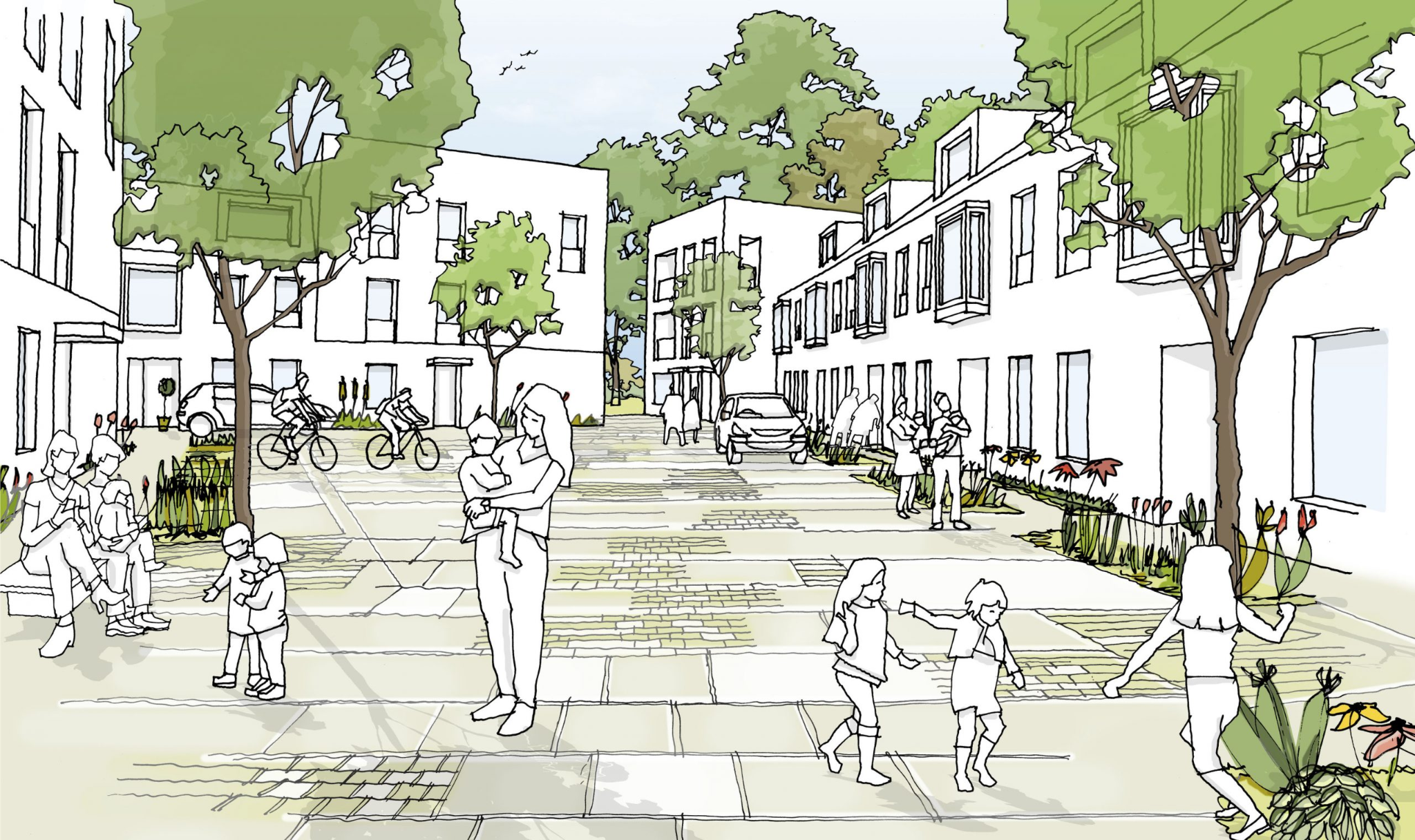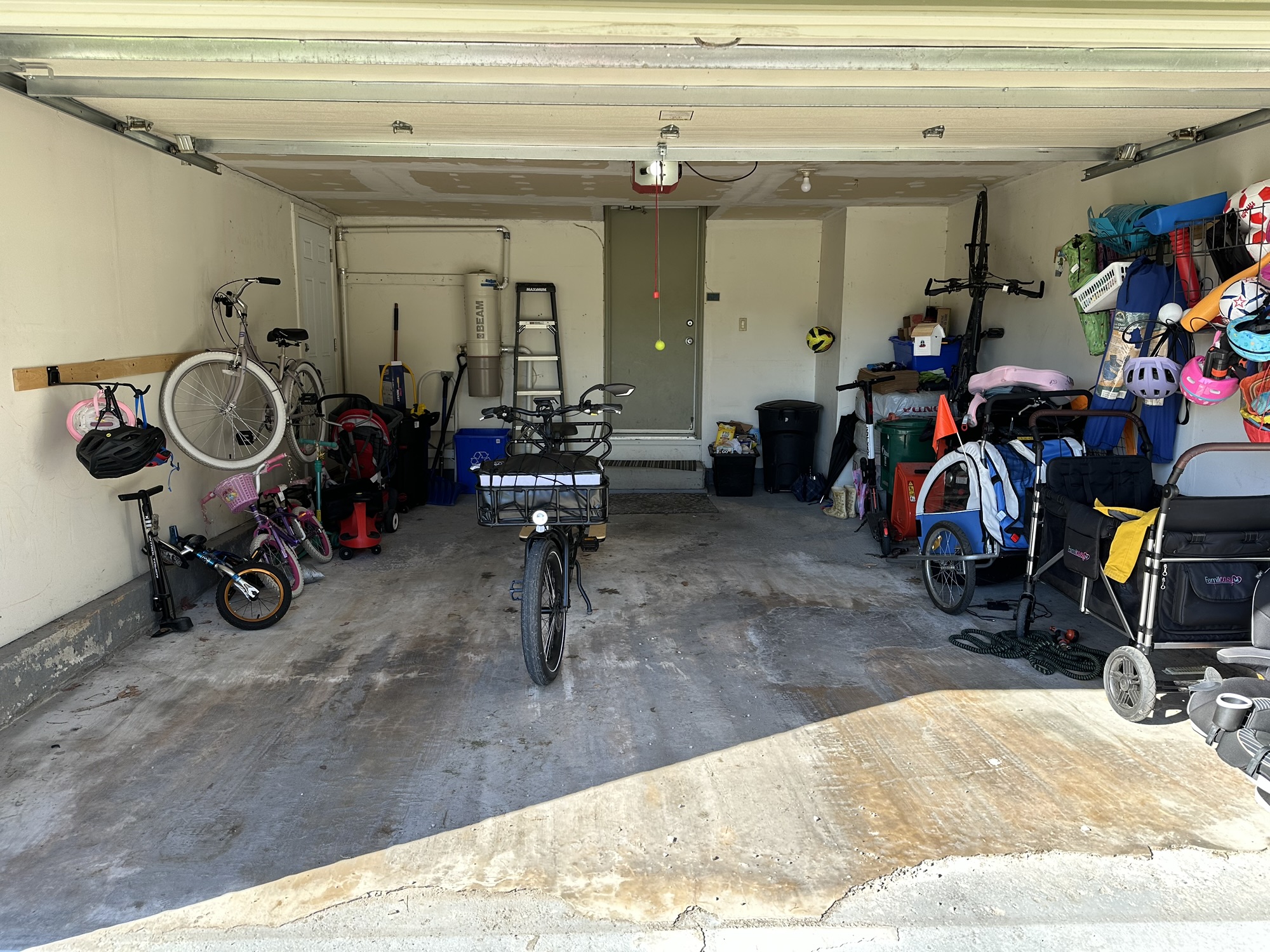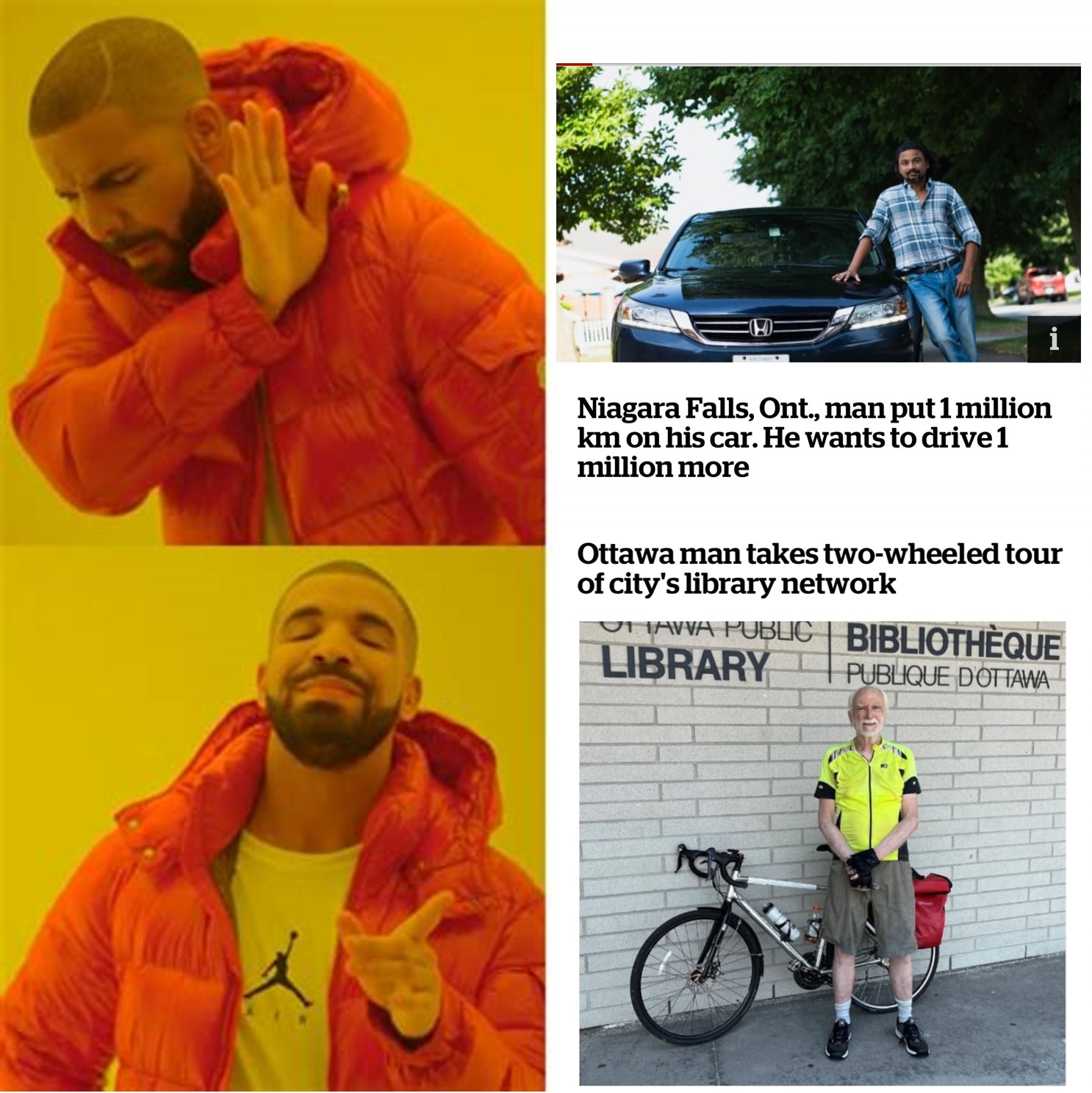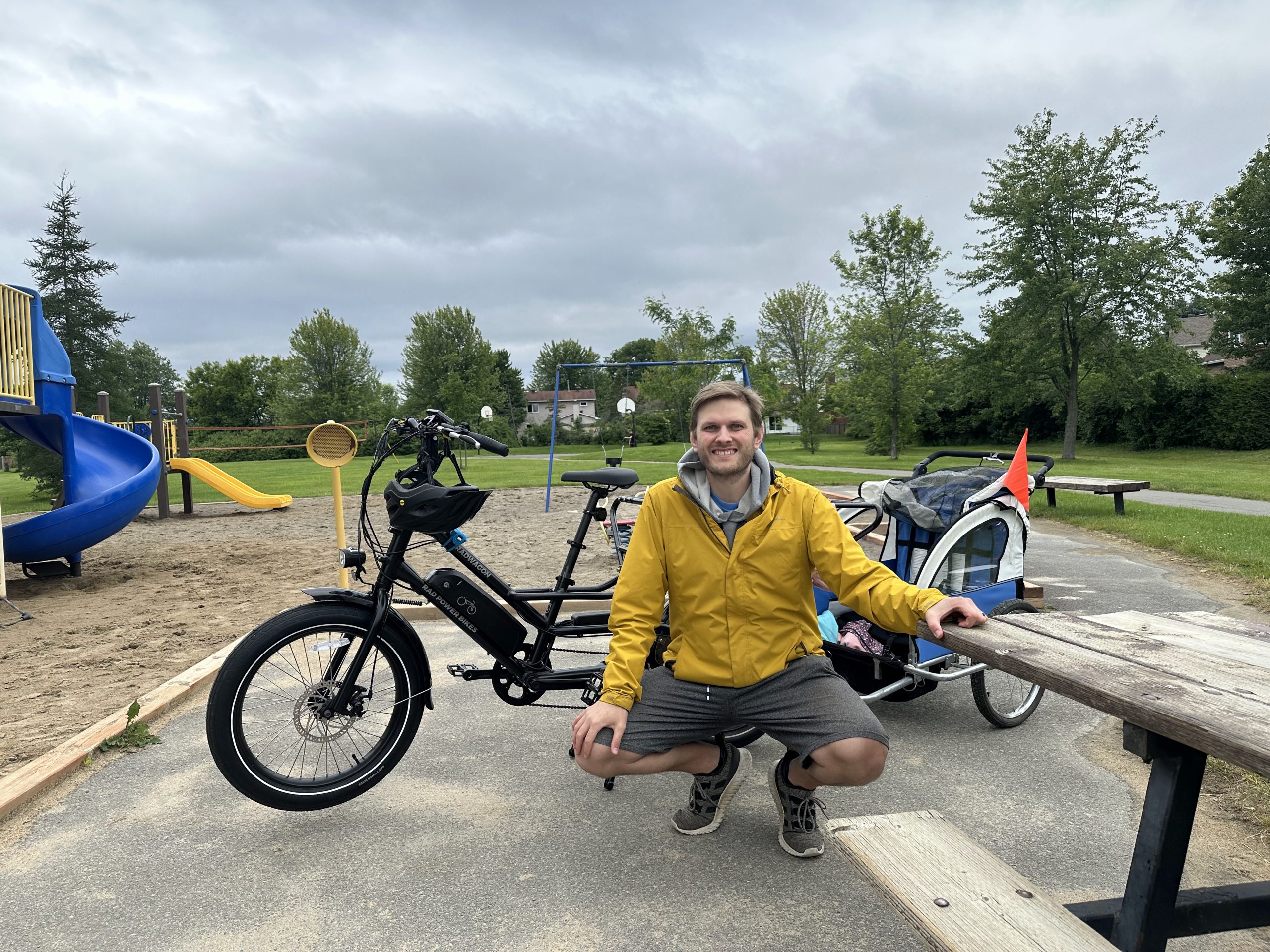
Today, I’d like to share an idea with you. This might be something you have never thought about before, and in fact it may be a lot of work up front to convince you that thinking about this is even worth your time. If you’ve felt at one time or another – over the last 5, 10, or even 20 years perhaps – like something fundamental is missing from your community, come along for this ride with me. And if you *don’t* have or haven’t ever had this feeling, I hope you will hear me out, and I’m curious if you find yourself nodding along. It may be a winding road, but I think there is a lot of value to following it.
Obviously, anybody reading this is bringing with them their own life experiences and unique history. Some of our human experiences are shared by almost everyone, while others are quite rare and won’t be relatable to as many people. I can only really speak from my own experiences, so you may have to either put yourself in my shoes or map your own life to my history to really understand what makes me feel this way.
The Community You’re Raised With
I was raised in a central urban community mostly in the 90s and early 2000s in Calgary. While I was in that situation, as a kid, I wouldn’t say I cherished the experience, but I certainly made the most of it. The furthest I ever had to go to get to school was 3.5 km to get to high school, and it was a calm, quiet ~15-minute bike ride. I would frequently walk to school as well, and I could get anywhere I needed to go in the city on bike or by public transit.
I didn’t realize it at the time, but growing up in this environment, self-sufficient without a car in a community that had other good options, prepared me very well for not needing a car as an adult either. My first job was within easy walking distance, and every job I had in Calgary was close enough that I could walk, bike, or take the bus/train. I got my learner’s driving permit at 14 (as was/is? the legal age in Alberta), but I didn’t actually get my full driver’s license (nor did I need it) until my mid/late 20s because I didn’t need to drive anywhere, and I had other good options to get around. For example, Calgary built an LRT for the 1988 Winter Olympics and has continued to extend and improve it over the decades.
Even when I moved to Ottawa in 2006 for university, I lived in at least a half dozen residences and apartments before moving into a condo with my wife in 2014. All of these places before the condo were within a 10-20 minute walk to university campus and to the places I worked. I didn’t have a car, and I certainly wasn’t going to buy one without a license or a need for it. Even when I did move out near the Montfort hospital to the condo, I would take the bus to work on the worst weather days, and still most of the year I would bike or even rollerblade downtown. I would drive in occasionally (we’re talking 1-2 times a year at most when I needed to bring something heavy or awkward to the office), but in my entire life I have never routinely commuted anywhere by car.
What Changed?
In 2019, my wife and our 1-year-old daughter moved to Convent Glen North. It was a major change in my life, but it was always pitched as the ‘endgame’ of city life to buy a house and move to the suburbs. You have so much space for yourself and your family, and the suburbs are littered with shopping centres and “main streets” with all the amenities that seem like they’re trying their best to feel a little like the ones downtown, as long as you don’t look that closely.
Fast forward to 2024, and I have a stable job and have fully settled into suburban routine. The pandemic helped a lot with that settling process, as our home became the office, as well as the daycare for quite a while. We are now a family of 5 starting to attend the school we can walk to while only crossing our own street and the park, which really makes it feel quite urban most days. We have a lot of space that feels like it is truly just ours, but over the last year or two, the whole rest of my life experience I described earlier has been sitting in the back of my mind, brewing up thoughts and feelings.
When I said earlier that I can only speak from my own experiences, here is where those experiences shape my feelings about this pocket of the suburbs. If I had to describe the feeling in a single word, I would call it isolating. I’m a strong introvert, so it’s not like I want to be friends with and talk to everybody all the time, but actually meeting and chatting with your neighbours feels like an anomaly more than how it is supposed to work. I have some of my own feelings about the reasons why this is the way it feels, and I’d like to try to break it down now.
Why The Suburbs Feel Isolating
I think calling human interaction in the suburbs an ‘anomaly’ is sort of the perfect way to describe it. It’s not that you can’t see people who live near you, because you totally can, but it is almost deliberately outside the norm. Interactions with your neighbours only happen through coincidence or through direct and deliberate action. Living in the suburbs, where effectively everyone has at least one car, and some families have at least two or three, most of what you do to get places involves getting in your car (maybe even from inside your garage) and going somewhere that isn’t anywhere near your home, or even in your neighbourhood. Compare that to a condo subdivision or apartment complex, where there is shared space and sidewalks and elevators where you will definitely see and interact with people as a matter of course going about your daily life.
The way most suburban neighbourhoods are set up is very obfuscating to your sense of direction, with almost exclusively single-family homes clustered together in large, loopy patterns with no or very few higher-density housing options. If you want to go somewhere or do something, by default, you get in the car, because almost nothing is within walking distance. Compared to the grid that serves as the root system for older urban neighbourhoods, wayfinding by feel in a suburb requires repetitive trips and experience to learn how to get around or relying on GPS navigation. Between that and the cookie cutter approach to home design, many suburbs literally feel like a maze, relying on individual homeowners to make distinctive changes to their properties to give the neighbourhood any character at all. While this maze-like road design does tend to make walks for adventure and exercise more interesting than a grid layout, walking for transportation is inefficient and can be downright dangerous. Our suburbs, for example, don’t have any sidewalks at all on most local streets, and often have only one sidewalk on collector roads.
This winding and branching structure of suburban neighbourhoods has another detrimental side effect that makes cars seem like the obvious or only choice for transportation. Sending buses or any public transit through these communities is a massive logistical challenge, because the population density along any route is quite low, and there are no efficient straight-line roads for buses. It is possible to plan routes through these neighbourhoods, of course, but sending full-size buses through the neighbourhood every 30-60 minutes during peak times (like we do now) is not a recipe for people using the transit system for anything other than their commute, at best. For a transit system to really make sense as a funnel to get people to nearby business hubs (like St. Joseph) or connect to other transit (like the LRT to get downtown), something like a compact 16-24 seat community shuttle running every 10-15 minutes makes far more sense.
You will never be able to beat a car 1 to 1 on the basis of convenience getting almost anywhere in a city, if you already have a car and you don’t take into account that the decision to drive is not made in a vacuum. However, if you play that out in reality with a whole population, traffic drastically changes the equation, and suddenly your trip time can double or even triple just by leaving for your destination at a different time. Driving a car is wildly less convenient if you plan around a 10-15 minute commute to go downtown, and it ends up taking you over an hour because of traffic, a crash on the highway, and spending 10-15 minutes circling the block looking for parking.
The reason I feel compelled to describe the bait and switch convenience a car promises in this story is that transportation efficiency isn’t the only consideration you’re making when choosing how to get where you need to go. By getting into a car, you are (possibly without realising it) choosing to isolate yourself from society and the world around you. When a whole community (and their kids, mind you) choose to pile in to their individual cars every day to run errands, attend events, pick up dinner at the drive thru, commute to work and school, and do anything else you might want to do, it means absolutely no chance of incidental casual conversations with people in your immediate vicinity.
By getting in your car in the garage or driveway, rolling up to your faraway destination in a closed box, and seeing other people who’ve done the same, you end up having very little connection to the place you live. Not your house, but the immediate surroundings, the 10-20 closest neighbours. In contrast, when you choose to bike to your destination, or walk to the bus and wait at the stop, or do anything other than jump in the car, the opportunities for face-to-face time with people in your community multiply rapidly and almost instantly.
The ability to flip an ignition switch and get literally anywhere within a 50km radius in under an hour (rush hour notwithstanding) is nothing short of magical when you need it. But this magical power is not without its tradeoffs, and I think this is having a meaningful impact on quality of life in the suburbs, even if it is very hard to see unless you’re looking for it. When you are going about your life outside of a car, you are interacting with other human beings in your surroundings. If you need help, someone to talk to, friendship, entertainment, or any other personal connection, the people that are just out in the world can actually connect and be that for you, or just be there for you. In a car, you are completely isolated, without any way to interact with anybody. All your interactions are mediated by car horns, wheel turning, and maybe hand signals or facial expressions if you are within a few feet of another car. We have become much less likely to give affordances to machines on the roads than we are to people on the roads. I think sometimes we’re actually starting to treat cyclists and pedestrians outside our cars more like mechanical objects than fellow human beings, in ways we would never do if a vehicle wasn’t mediating our interactions.
What This All Means For a Sense of Community
With the incredible and lightning-fast changes to our society brought about by new and improving technologies, it’s easy to attribute a change in the feeling of community to things like the internet or mobile phones. The rise in phenomena like online dating over meeting in person and job interviews taking place online only and mostly via algorithms seem like they are entirely products of the internet. But I think a big part of why the online versions of these things are so much harder now than their real-life equivalents is that we’re so used to being in our own social bubbles and getting very little exposure to people we aren’t already in contact with. It’s not to say there aren’t both pros and cons to hiring and dating online (obviously, there are pros as well), but there are real tangible benefits to having options to do those things in person as well.
Over the last few decades, we have changed from a society that would mainly interact face to face and with people who lived within 2-3 city blocks of us. There would certainly be occasions where people travelled longer distances, but it was unusual that people would traverse a whole major city on a regular basis as a matter of normal routine. Now, with the ease of being able to jump in the car and get anything or see anyone, our social circles today are much less likely to include people who live near us. Coupling this with the exclusionary residential zoning typical especially of suburban communities, and it’s easy to see how it’s much harder to meet new people and run into people you know.
The places where people spend their downtime have a massive overwhelming impact on our lives, who they know, and the kinds of things they can do. For a large portion of people, kids or adults, outside of our homes work or school are the only places we spend any meaningful amount of time relaxing. It is very hard to form relationships or get to know people better when this is all you see of them, and it is almost impossible to do this if two people or groups don’t even share a workplace or school.
What About Solutions?
One big thing that can help this phenomenon of a loss of regular community social interaction is new considerations for what sociologists call ‘Third Places’. These are social places in the heart of a community where people feel comfortable just existing and spending time with others. These can be community centres, cafes, bars or pubs, libraries, or any other manner of public spaces that can be used either free of charge or for very little cost. It is possible for individual private homes to become third places, but this is usually temporary for events like birthdays or holidays. In a suburb which is almost exclusively only allowed to legally contain single-family homes, third places have now generally become a destination with a high energy barrier to access. I spent my university years as a chemist, so in case that chemistry metaphor doesn’t track, I’ll try to put it in plain English.
Going to the local coffee shop, a restaurant, the gym, kids’ activities, your job, the grocery store, the library, etc., etc., etc. all require piling in to the car, driving for some non-trivial number of minutes, and finally arriving at your destination to do the thing you want or need to do. We tend not to think about it as such but visiting a place where you feel comfortable and can relax outside your home like this requires a tremendous amount of energy output. This is probably because the car is the thing actually outputting the energy to get you there. However, the end result is that for most people, they tend to just stay in and not try to expend that large amount of energy to get somewhere unless they really decide it’s worth their while.
In case you don’t believe me, just try to imagine doing one day worth of moving around centered in your suburb WITHOUT a vehicle. Suddenly, the energy required comes into stark focus. If all or many of the things you needed to get to on an average day were within a 10–15-minute low energy walk, you might find you don’t even need a gym membership, much less a second car or even a car at all the majority of the time. The old joke about routinely driving to the gym and then taking the escalator up to get your workout in is actually a call to better urbanism in disguise.
Wrapping Up
I believe the solution to reconstituting the heart of our community is to actually spend time thinking about the neighbourhoods we live in as a destination, not as a starting point. Building better local places so it is more interesting to spend time in them benefits all of us and is almost certainly good for our mental health. The typical suburb has just a TON of space in it, and a lot of it at the moment is designed to hold and move as many cars as possible (seriously, look at a map and just think about the space set aside for highways, roads, parking lots, driveways, and garages). These places don’t have a lot of space for people to move around and exist comfortably.
It doesn’t have to be this way, and investing more in mixed-use zoning, pedestrian or walkable spaces, a well maintained and separated path network for walking and cycling, public transportation, and public community spaces is the way to transform our community into a space we can all be proud to call home. Such a system is also much better at paying for itself from an economic standpoint, and doing this at the community level can rescue the city’s finances and help us contribute positively to the tax base rather than being a drain on it.











 More on the Gaps in Infrastructure
More on the Gaps in Infrastructure













